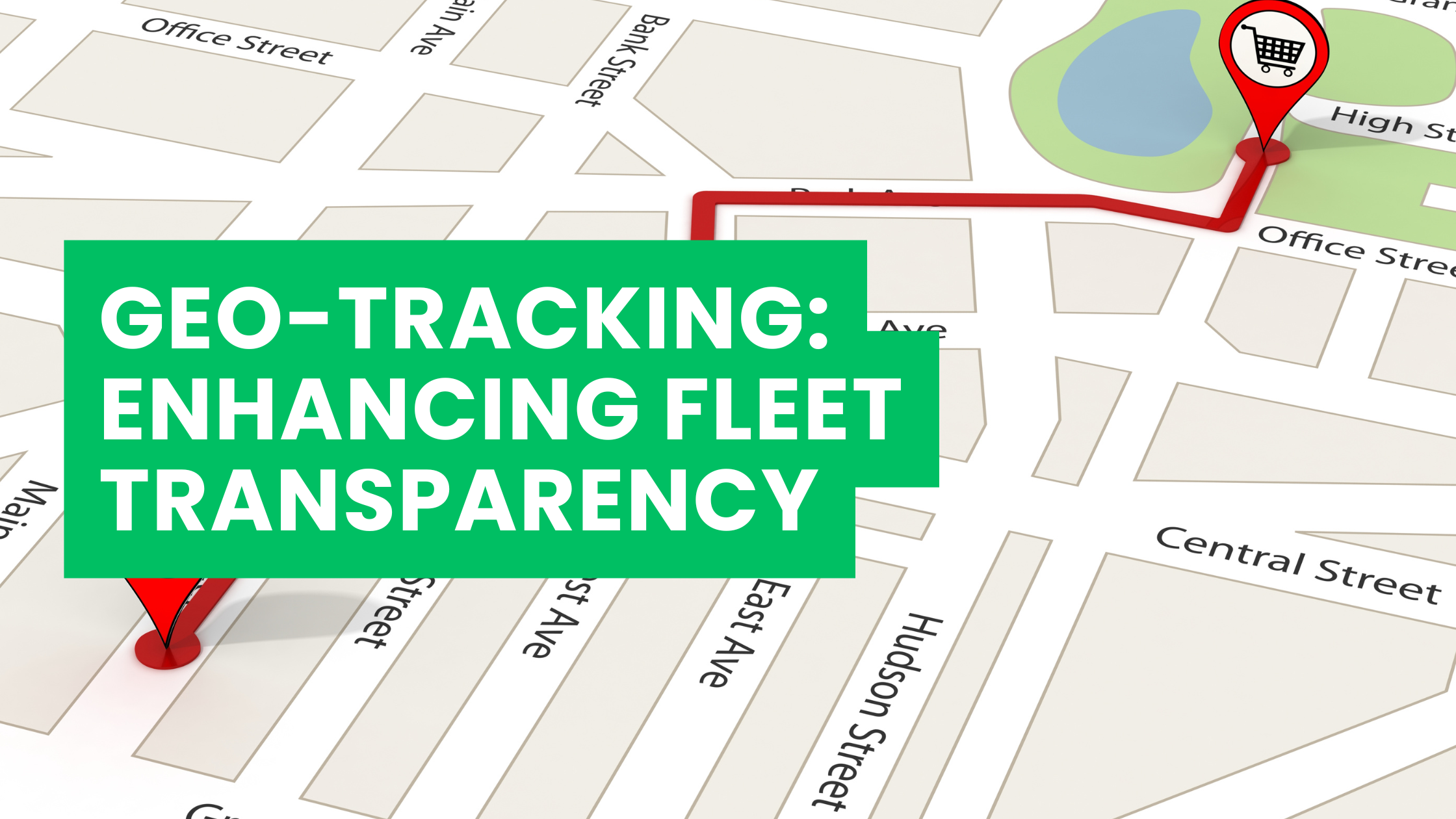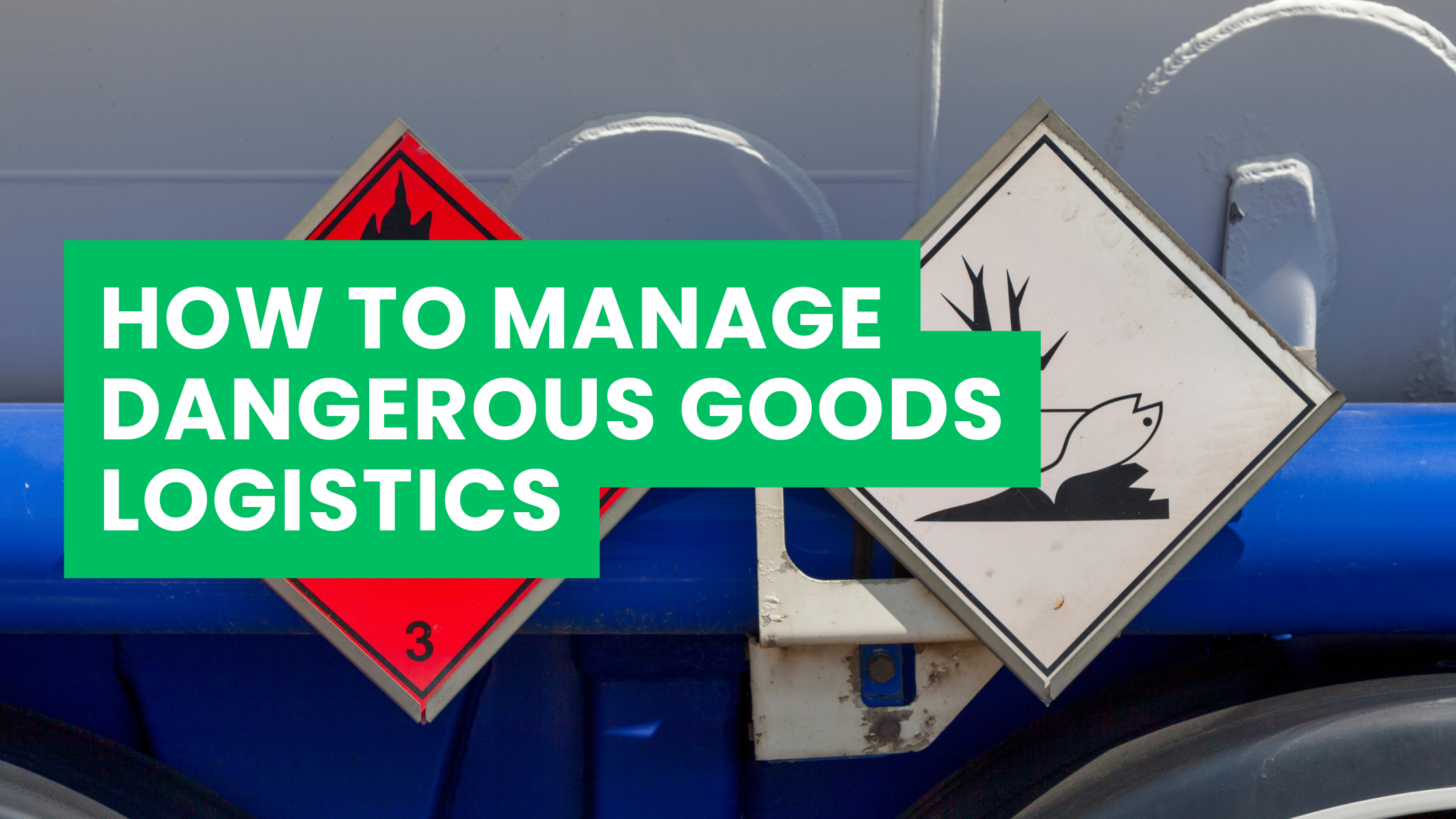Introduction: Why Transparency Matters in Fleet Management
In today’s fast-paced global economy, businesses depend heavily on efficient logistics and fleet management. Whether it’s moving telecom equipment to remote regions, ensuring timely delivery of IT hardware, or transporting sensitive goods across borders, the ability to track, monitor, and optimize fleet performance is no longer a luxury—it’s a necessity.
Geo-tracking technology has emerged as a cornerstone for fleet transparency, giving logistics companies, Importer of Record (IOR) service providers, and clients unprecedented visibility into operations. For organizations like ASL International, which specialize in complex and sensitive logistics, geo-tracking strengthens accountability, boosts efficiency, and fosters customer confidence.
This article explores how geo-tracking works, why it’s transforming fleet transparency, and how companies can leverage it to remain competitive in 2025 and beyond.
What Is Geo-Tracking in Fleet Management?
Geo-tracking uses GPS (Global Positioning System) and advanced telematics to monitor the real-time location, speed, and condition of fleet vehicles. But in modern logistics, it goes far beyond simply tracking dots on a map.
Today’s geo-tracking systems integrate:
- Telematics sensors – capturing vehicle diagnostics, engine performance, fuel consumption, and driver behavior.
- IoT-enabled devices – providing granular data on cargo conditions such as temperature, humidity, or vibrations.
- Cloud-based dashboards – offering centralized control and actionable insights accessible to fleet managers and customers.
For ASL International, geo-tracking ensures that every shipment—from IT servers to telecom hardware—is delivered with real-time transparency and compliance with local and international regulations.
The Transparency Gap in Fleet Operations
Historically, fleet operations faced significant blind spots. Once a truck or container left the port, companies often had limited visibility until it reached its destination. This gap created problems such as:
- Delays without explanation – Customers unsure why shipments are late.
- Unaccounted fuel costs – Rising expenses due to inefficient routing.
- Theft and pilferage risks – Cargo security compromised during transit.
- Compliance issues – Difficulty providing proof of regulatory adherence.
Geo-tracking closes these gaps by providing end-to-end visibility, turning uncertainty into measurable, actionable data.
Benefits of Geo-Tracking for Fleet Transparency
1. Real-Time Visibility for Clients
Clients increasingly demand transparency. With geo-tracking, ASL International can provide real-time shipment updates—allowing clients to track their telecom equipment, data center hardware, or IT devices with precision. This visibility strengthens trust and creates a competitive advantage.
2. Enhanced Security and Loss Prevention
High-value IT equipment often attracts risks during transportation. Geo-tracking enables:
- Geofencing alerts when vehicles deviate from planned routes.
- Real-time theft alerts and immobilization of stolen vehicles.
- Cargo condition monitoring for sensitive electronics.
This not only safeguards assets but also provides clients with assurance that their investments are secure.
3. Compliance and Regulatory Assurance
For international logistics, compliance is paramount. Geo-tracking helps demonstrate adherence to:
- Driving hours regulations (avoiding overworked drivers).
- Customs and trade rules requiring proof of movement history.
- Cold chain requirements for temperature-sensitive IT equipment like servers.
By providing digital logs and verifiable records, geo-tracking reduces regulatory risks and ensures smoother customs clearance.
4. Operational Efficiency
Fleet managers gain critical insights into:
- Idle time and route inefficiencies.
- Predictive maintenance needs to avoid costly breakdowns.
- Optimized delivery scheduling through data-driven planning.
This directly lowers costs and improves fleet utilization rates.
5. Customer Confidence and Brand Reputation
Transparency drives loyalty. When clients know where their shipment is, how it is being handled, and when it will arrive, they feel confident partnering with a logistics provider like ASL International. In competitive markets, this trust is invaluable.
How Geo-Tracking Works in Practice at ASL International
Case Example 1: Telecom Hardware to Remote Regions
A telecom company needed to deploy network towers in remote parts of Africa. Using geo-tracking, ASL International:
- Provided real-time updates on trucks carrying sensitive base station equipment.
- Implemented geofencing to prevent route deviations in high-risk areas.
- Allowed the client to access a dashboard for live monitoring.
The result: on-time delivery, zero cargo loss, and enhanced client trust.
Case Example 2: Data Center Equipment Across Borders
When shipping high-value servers from the EU to the Middle East, geo-tracking enabled:
- Monitoring temperature and vibration levels to protect sensitive electronics.
- Automatic alerts to customs officials with verified route history.
- Digital documentation for regulatory inspections.
This transparency ensured faster customs clearance and avoided compliance-related delays.
Technology Behind Modern Geo-Tracking
- GPS & GNSS Networks – Global satellite systems enabling precise positioning.
- Telematics Devices – Installed in fleet vehicles to transmit real-time data.
- IoT Sensors – Providing environmental data like humidity, shocks, and temperature.
- 5G Connectivity – Supporting faster and more reliable data transmission.
- AI & Big Data Analytics – Converting massive data streams into predictive insights.
- Blockchain Integration – Ensuring tamper-proof digital records for compliance and security.
ASL International leverages these technologies to create a transparent, secure, and efficient logistics ecosystem.
The Business Impact of Geo-Tracking
Reduced Costs
Optimized routing, fuel management, and preventive maintenance reduce overheads.
Faster Deliveries
Dynamic rerouting based on traffic or weather ensures timely arrivals.
Improved Compliance
Digital logs simplify audits and customs inspections.
Competitive Differentiation
Companies offering full fleet transparency attract more long-term contracts in IT and telecom industries.
Challenges in Implementing Geo-Tracking
While powerful, geo-tracking isn’t without challenges:
- High Initial Investment – Hardware, IoT devices, and software integration.
- Data Overload – Managing and interpreting vast amounts of information.
- Connectivity Gaps – In remote areas with poor network coverage.
- Driver Resistance – Concerns about constant monitoring.
ASL International addresses these by:
- Using scalable cloud platforms to manage data.
- Training teams on digital literacy.
- Employing hybrid satellite and cellular networks for uninterrupted coverage.
Future of Geo-Tracking in Fleet Transparency
- AI-Powered Predictive Routing – Anticipating delays before they occur.
- Integration with Autonomous Vehicles – Creating self-reporting fleets.
- Blockchain Smart Contracts – Automating compliance and payments.
- Global Trade Platforms – Linking geo-tracking with customs single windows.
For companies like ASL International, investing in geo-tracking today prepares them for a data-driven, transparent, and fully automated logistics future.
Best Practices for Businesses Adopting Geo-Tracking
- Start Small, Scale Fast – Pilot geo-tracking on a limited fleet before full rollout.
- Integrate Across Departments – Use insights not only in logistics but also in finance, compliance, and customer service.
- Communicate with Clients – Provide accessible dashboards and transparent updates.
- Train Employees – Ensure drivers and managers understand the benefits, reducing resistance.
Conclusion: Transparency Is the New Standard
Fleet transparency is no longer optional—it’s a customer expectation and a regulatory necessity. Geo-tracking enables logistics providers to deliver not just goods, but also trust, accountability, and efficiency.
For ASL International, geo-tracking is part of a broader strategy to transform logistics into a transparent, secure, and client-centered service. By leveraging advanced technology and data-driven insights, ASL ensures that every shipment is visible, compliant, and optimized from origin to destination.
In a world where supply chains are becoming more complex, geo-tracking ensures one simple promise: you’ll always know where your cargo is, and you’ll always know it’s in safe hands.
Looking to enhance transparency and efficiency in your global shipments? Partner with ASL International for fleet management solutions powered by geo-tracking and advanced logistics technology.
📩 Contact us today to explore how we can make your fleet operations more transparent, secure, and efficient.
🌍 ASL International – Driving Transparency in Global Logistics.









